Conductivity Meter
Laboratory Product > Water Quality
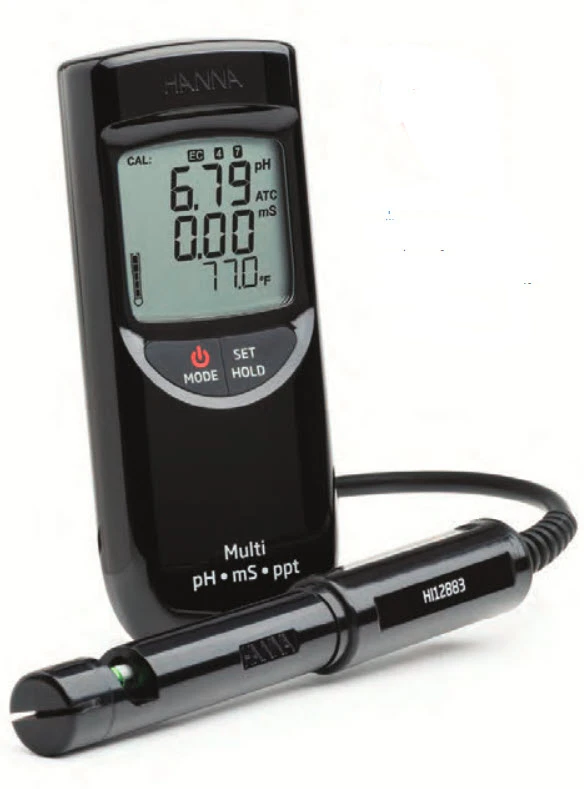
HI991300 and HI991301
pH/EC/TDS/ Temperature Meters
The HI991300 and HI991301 are light weight, portable pH, conductivity (or total dissolved solids) and temperature meters for portable applications requiring both a pH and conductivity (or TDS) measurement.
Applications include measurements for greenhouses irrigation, hydroponics and groundwater monitoring from agriculture nutrient pollution.
The HI991300 and HI991301 meters feature 2 button operation and are simple to use.
All operations and settings, including calibration buffers and temperature scale selections, are made through these 2 buttons.
They have a waterproof and compact casing rated for IP67 conditions and a large Tri-line display.
The meters have automatic pH calibration at one or two points and a single conductivity calibration.
Other user selectable features include different TDS factors from 0.45 to 1.00, and a range of temperature coefficients (β) from 0.0 to 2.4% for better conductivity or TDS solution temperature compensation.
These meters are supplied with a multi-parameter probe specifically designed for these meters.
To increase conductivity accuracy, two meter models are available, with different conductivity ranges, for applications from purified to brackish waters.
The HI12883 multi-parameter probe, incorporates a domed shaped pH bulb rated from 0-13 pH, a single junction Ag/AgCl reference electrode with gelled electrolyte and a retractable cloth wick junction, a graphite EC/TDS cell, and a temperature sensor in one convenient, rugged polypropylene body.
In addition, to ensure against interference from transient electrical noise to pH, a solidstate preamplifier is integrated into the probe.
The probe is rated from 0 to 50°C.
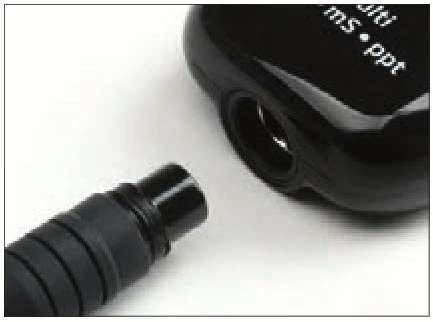
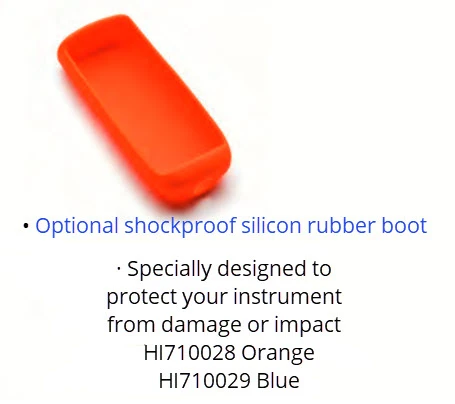
HI1288 amplified pH electrode
• 3 sensors in a single probe
• Pre-amplified pH electrode for resistance to electrical noise
• Extractable cloth junction to clear any clogging
• Graphite EC/TDS sensor
The HI991301 and HI991300 are supplied with an amplified polypropylene body pH/EC/ TDS/temperature probe.
The built in amplifier will reduce the effects of electrical noise on the high impedance pH measurement.
Examples of sources of electrical noise include rectifiers, motors and ballasts.
The HI1288 pH electrode also features an extractable cloth junction.
Every pH electrode has a junction.
Many use a single ceramic frit which acts as a barrier between the inside reference cell to the outside sample.
This barrier allows for a diffusion electrolyte that is necessary for the pH measurement.
Any clogging of the junction will result in a reduced diffusion and as a result the readings will become erratic.
Most probes will have to have this junction cleaned and if not possible then the probe has to be replaced.
The extractable cloth junction of the HI1288 allows for the renewing of the junction.
Simply extract ⅛” of the junction by pulling on the junction will expose a new portion.
Any clogging that was present will be cleared and the response time will be back to normal extending the life of the pH electrode.
The EC/TDS sensor is made of graphite.
A common problem with amperometric sensors is a polarization effect.
With amperometric sensors there are two poles in which a voltage is alternated.
The positive and negative ions in the solution migrate to one of the negative or positive poles.
When the charges build up on one of these poles a polarization effect occurs.
Having a conductivity sensor made of graphite reduces the polarization effect.
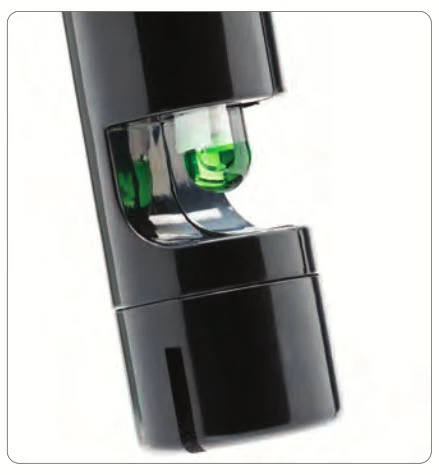
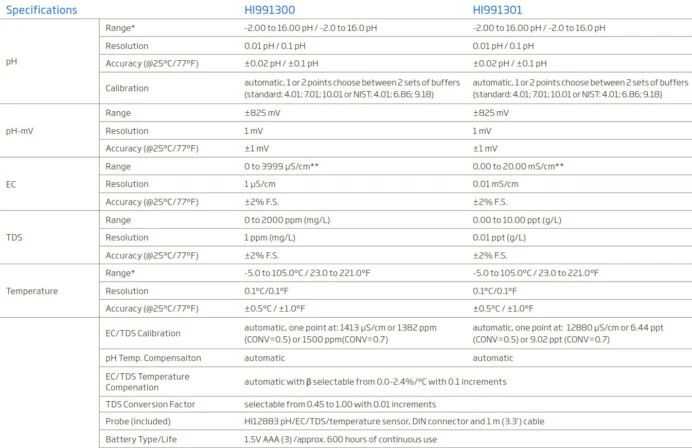

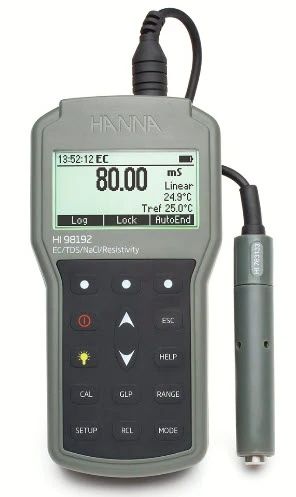
HI98192 Waterproof Portable EC/TDS/Resistivity/Salinity Meter
The HI98192 is a rugged, portable EC/TDS/Resistivity/Salinity meter with the performance and features of a benchtop. This professional, waterproof meter complies with IP67 standards. The HI98192 is supplied complete with all accessories to perform an EC/TDS/ Resistivity/Salinity measurement packaged into a durable carrying case.
- Four Ring Probe
- Quick Connect
- Ergonomic, One-Handed Operation
Scope of supply :
Each instrument is supplied with:
• HI763133 four-ring conductivity/TDS probe with temperature sensor (1.5 m cable)• HI7031M 1413 µS/cm calibration solution (230 ml)• HI7035M 111800 µS/cm calibration solution (230 ml)• HI920015 Micro USB cable • 100 mL Plastic Beaker (2 pcs.)• 1.5 V AA Batteries (4 pcs.)• Instruction Manual and Quick Reference Guide• Certificate
Accessories on request :
84µS/cm, Conductivity Standard (120 ml, bottle)
1413 µS/cm, Conductivity Standard (120 ml, bottle)
12880 µS/cm Conductivity Standard (120 ml, bottle)
80000 µS/cm, Conductivity Standard (120 ml, bottle)
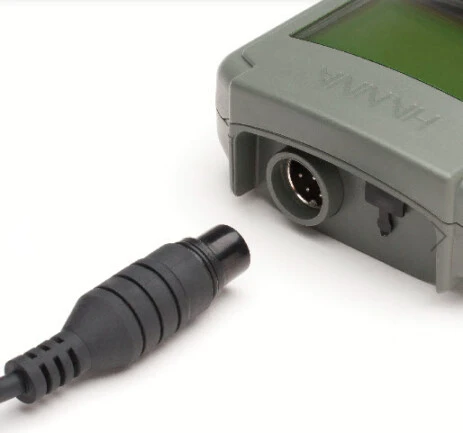
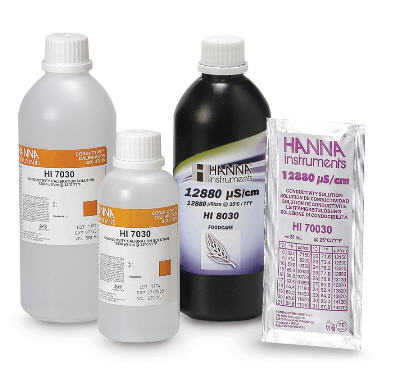
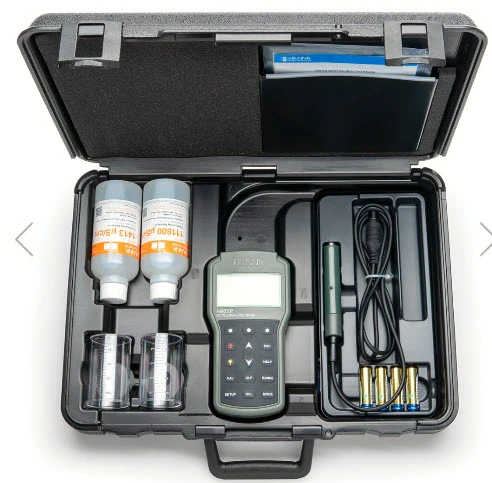

HI2003-02 edge®
Dedicated Conductivity/TDS/Salinity Meter
edge®’s groundbreaking design is the culmination of Hanna’s vision, design capabilities, integrated production and world-class R&D. edge® is a single meter that can measure Conductivity, TDS and Salinity and is incredibly easy to use.
- edge® EC/TDS/Salinity utilizes four ring conductivity probe technology that allows the user to measure samples from very low conductivity to very high conductivity.
- edge® features a capacitive touch keypad that gives a distinctive, modern look. The keypad is sensitive enough to be used with laboratory gloves and has a fast response.
- edge® features a 5.5” LCD display that you can clearly view from over 5 meters away. The large display and it’s wide 150° viewing angle provide one of the easiest to read LCD’s in the industry.
EC Specifications
EC Range : 0.00 to 29.99 μS/cm,
30.0 to 299.9 μS/cm,
300 to 2999 μS/cm,
3.00 to 29.99 mS/cm,
30.0 to 200.0 mS/cm, up to 500.0 mS/cm (absolute EC)**
EC Resolution : 0.01 μS/cm,
0.1 μS/cm,
1 μS/cm,
0.01 mS/cm,
0.1 mS/cm
EC Accuracy (@25ºC) : ±1% of reading (±0.05 μS/cm or 1 digit,
whichever is greater)
EC Calibration : 1 point offset calibration (0.00 μS/cm in air),
1 point slope calibration in EC standard 84 μS/cm, 1413 μS/cm,
5.00 mS/cm, 12.88 mS/cm, 80.0 mS/cm and 111.8 mS/cm
** with temperature compensation function disabled
Digital EC Electrode
edge® EC electrode is highly advanced, featuring a built-in microchip that stores calibration information that is automatically retrieved by edge® once the electrode is plugged in.
Information stored in the electrode includes model number, serial number and calibration information including the standards used and the date and time the last calibration was performed
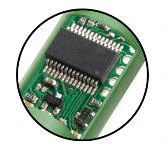
Four Ring Probe
The edge® EC/TDS/Salinity meter is supplied with the HI763100 four ring platinum conductivity probe that has a built-in temperature sensor for automatic temperature compensated measurements.
The four ring technology allows for a wide range of measurement with a single probe as compared to amperometric two pole probes that have a limited range and can suffer from polarization effects.
The HI763100 probe has a glass and PVDF body with a PEI (polyetherimide) sleeve. Both materials have excellent resistance against many aggressive chemicals.
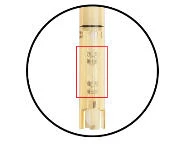
3.5 mm Probe Input
Plugging an electrode in has never been simpler; no alignments, no broken pins, just connect the 3.5 mm plug and get started.
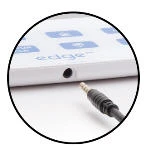
Wall Mount
Using the wall mount cradle (included), edge can be placed on a wall, leaving zero footprint on the benchtop space. The cradle has a built in connector to power edge and charge its batteries. edge's zero footprint design saves you valuable benchtop space.
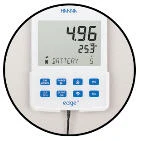
Cradle and Electrode Holder
edge® is equipped with a benchtop cradle featuring an adjustable swivel electrode holder to charge and hold the meter securely in place at the optimum viewing angle.

Two USB Ports
edge® includes one standard USB for exporting data with a flash drive and a second micro-USB port for you to connect to a computer for file export and for charging your edge when the cradle is not available.

Data Logging
edge® allows you to store up to 1000 log records of data. Data sets include readings, GLP data, date and time.
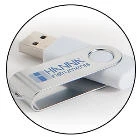
Two Operating Modes
edge® offers both Basic and Standard Modes.
In Basic Mode, the edge as an EC meter reduces features to simplify operation. In Basic Mode, the meter will only allow for automatic temperature compensation, auto ranging of readings, and automatic cell factor correction while calibrating. The temperature correction coefficient is fixed to 1.9% / °C and interval logging is not available.
In Standard Mode, the user has options to change these settings.
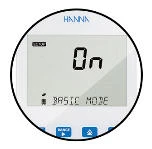
What is EC?
Electrical Conductivity (EC) is defined by the ability of a solution to conduct an electrical current.
What is TDS?
Total Dissolved Solids (TDS) is defined as the amount of solids dissolved in a solution.
What is their relationship?
The relationship between the amounts of solids such as salts found in fertilizers is directly proportional to their conductivity, therefore, the higher the amount of solids the greater the conductivity. This is because when fertilizers are dissolved into water they become "ions", which means that they become positively or negatively charged and can therefore conduct a current.
How does an EC/TDS meter work?
Two electrodes with an applied AC voltage are placed in the solution. This creates a current dependent upon the conductive nature of the solution. The meter reads this current and displays in either conductivity (EC) or ppm (TDS).
Conversion Factors
TDS meters read the conductivity; the meter automatically converts this value to TDS which is typically displayed in ppm.
Temperature Compensation
Temperature affects the activity of the ions in solution but does not affect the concentration, therefore meters with temperature compensation correct for this condition.
How is TDS measured?
By means of a conductivity meter. The conductivity is measured and the TDS is calculated by a fixed mathematical formula in the meter.
What is the difference between microSiemens (µS) and milliSiemens (mS)?
Both are units of conductivity. 1000 microSiemens (µS) = 1 milliSiemen (mS).
How do I convert between milliSiemens (mS) and ppm?
Convert to microSiemens by multiplying by 1000. Then multiply by 0.7: ex. Your reading is 2.14 milliSiemens (x 1000 = 2140 microSiemens). 2140 x 0.7 = 1498 ppm. Or simply multiply by 700. (2.14 x 700 = 1498)
What if I want to switch to EC measurements?
If you do not have a meter which reads both in EC and TDS you may prepare your fertilizer solution according too the directions given and take the EC reading. This will be your value. Or, consult with the manufacturer of your fertilizer for the correct EC readings for that particular fertilizer.
What is the relation between electrical conductivity (EC) & dissolved solids (TDS)?
Though there is a close relationship between TDS and Electrical Conductivity, they are not the same thing.
Total Dissolved Solids (TDS) and Electrical Conductivity (EC) are two separate parameters.
TDS is the combined total of solids dissolved in water. EC is the ability of something to conduct electricity (in this case, water's ability to conduct electricity).
The only true method of measuring TDS is to weigh residue found in water after the water has evaporated.
You know those spots you see on a glass after you wash it and let it air dry? That's TDS!
That residue has mass, and it's possible to weigh it, but if you're not in a lab, it can be tricky thing to do.
Therefore, we can estimate TDS levels based on the conductivity of the water since the hydrogen and oxygen molecules of the H2O carry almost no electrical charge.
The EC of most other metals, minerals and salts will carry a charge. A A TDS meter measures that EC level and then converts it to a TDS measurement.
Since different metals, minerals and salts will be more or less conductive than others, there are different conversion factors that can be used.
ppm (parts per million) is the most commonly used scale to measure TDS (Total Dissolved Solids)
µS (micro-Siemens) is the most commonly used scale to measure EC (Electrical Conductivity).